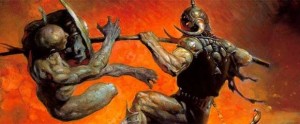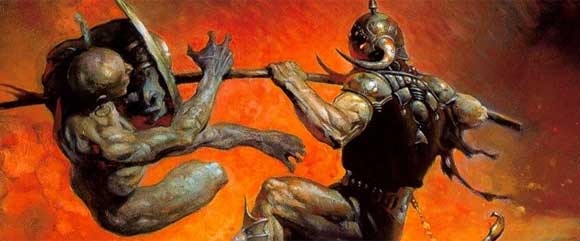The Hero Motif
 I am a huge fan of movies as well as books. It’s often hard for me to choose between reading a good book or watching an awesome movie; I find equal vlue in both. With movies, I enjoy at multiple levels: stunning cinematography, great special effects, riveting plot, quality acting, or even a compelling story line. With books, I create a virtual world filled with color and details and the words somehow disappear off the page as my head fills with pictures, sounds and smells as they are transparently lifted from the page to become a real world.
I am a huge fan of movies as well as books. It’s often hard for me to choose between reading a good book or watching an awesome movie; I find equal vlue in both. With movies, I enjoy at multiple levels: stunning cinematography, great special effects, riveting plot, quality acting, or even a compelling story line. With books, I create a virtual world filled with color and details and the words somehow disappear off the page as my head fills with pictures, sounds and smells as they are transparently lifted from the page to become a real world.
One of the more interesting aspects of epic movies is what many have dubbed the ‘hero motif.’ This is something George Lucas was aware of and actually sought to include in his Star Wars movies. Lucas sought out and consulted the famous scholar Joseph Campbell, best known for his book A Hero of a Thousand Faces. This book focuses on a common typology found among hero legends in almost all cultures. Some, like myself, feel Campbell just popularized work done by a earlier scholar Lord Raglan who authored a book titled The Hero: A study in Tradition, Myth and Dreams.
The short form of the ‘hero motif’ might be summarized by several typological points:
1. Hero’s mother is a royal virgin;
2. His father is a king, and
3. Often a near relative of his mother, but
4. The circumstances of his conception are unusual, and
5. He is also reputed to be the son of a god.
6. At birth an attempt is made, usually by his father or his maternal grand father to kill him, but
7. he is spirited away, and
8. Reared by foster -parents in a far country.
9. We are told nothing of his childhood, but
10. On reaching manhood he returns or goes to his future Kingdom.
11. After a victory over the king and/or a giant, dragon, or wild beast,
12. He marries a princess, often the daughter of his predecessor and
13. And becomes king.
14. For a time he reigns uneventfully and
15. Prescribes laws, but
16. Later he loses favor with the gods and/or his subjects, and
17. Is driven from the throne and city, after which
18. He meets with a mysterious death,
19. Often at the top of a hill,
20. His children, if any do not succeed him.
21. His body is not buried, but nevertheless
22. He has one or more holy sepulchres.
Granted, not all hero stories follow the typology above, however, there are a startling number of classic hero stories which do. And, when you start looking around at the epic movies made by hollywood, a number of them borrow many of the elements from Lord Raglan’s typology.
Star Wars is a classic example. Luke, the son of Darth Vader, is raised by relatives in order to protect him from the wrath of his father. At about the time of puberty or as a young adult, he discovered latent ‘power’ and some of his linage. Through a set of trials, he grows into his power and ultimately comes to confront and kill his father. After this event, he is recognized as an authoritative figure among his peers. Lucas was very cognitive of this paper when he created the story line for Luke Skywalker. Likewise, other hollywood stories have borrowed this same aspect of storytelling in an attempt to make durable, timeless film-classics.
The next time you are at the theater and watching a movie that you might think is ‘epic’, I would encourage you to sit back and think about the ‘heroic motif’ and see if it can be applied to the movie. My guess would be it does apply.



